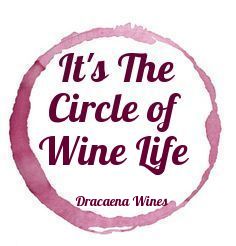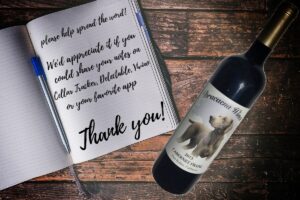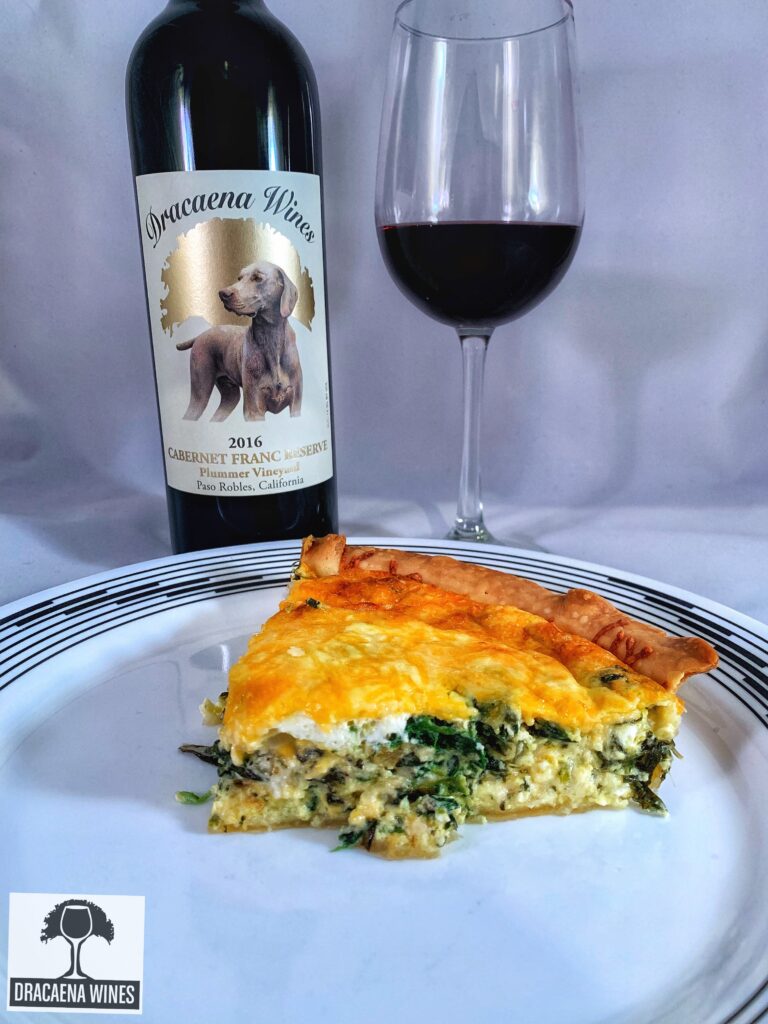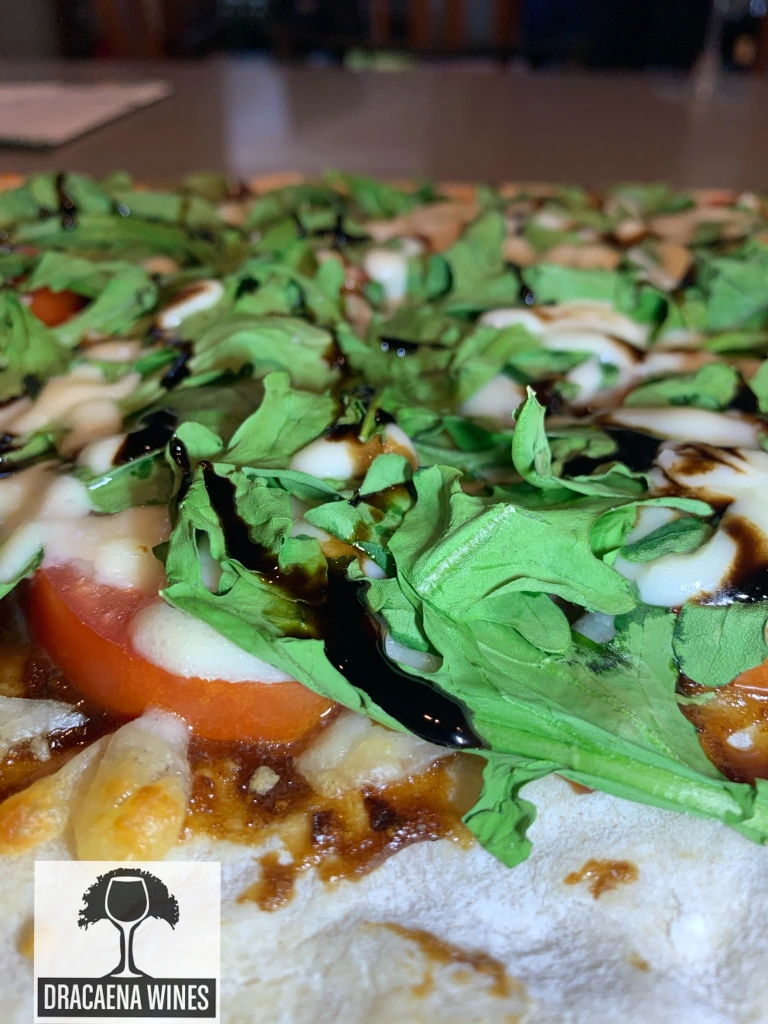2016 vintage is a wrap! Well, not really. The wine still needs get use to its new home in  bottle, and of course there is that little thing called selling it, but another vintage is now in bottle. Two years ago, it was 4am and I had a smile on my face as we drove to harvest this beautiful fruit.
bottle, and of course there is that little thing called selling it, but another vintage is now in bottle. Two years ago, it was 4am and I had a smile on my face as we drove to harvest this beautiful fruit.
It is really hard to believe that we have been producing wine commercially for four vintages. What makes it really crazy, is that although it has been four vintages, we have been a commercial winery for six years! Remember that there is a two year lag in between harvesting the fruit and being able to sell it. The amount of preparation (and money) that goes into starting a winery is ridiculous! From taking Baby Steps that led to major decisions, such as label design and don’t even get me started on registering the winery, I honestly wouldn’t have it any other way! Mike and I are pursuing our passion.
I am appreciative of all the support and success we have received throughout these years. It’s been exciting, although not an easy path. We began our journey while living on the east coast. We both come from scientific backgrounds; Mike a food scientist and myself being a microbiologist, but we don’t believe in doing anything half a$$, so we applied, was accepted to, and completed our wine making certification program at UC Davis. Early on, we flew back and forth cross-country for the major portions of the winemaking process. (harvest and bottling) With each new harvest, we learned more and built upon our in-class wine education by adding the all important and extremely valuable hands-on experience.
The 2016 vintage sees another brick being added to the Dracaena Wines future foundation. For the first time, we will have a Reserve wine. We have eagerly anticipated this vintage while it rested in barrel the past two years. People ask, “What makes it a Reserve?” If you are a true oenophile, you are aware that unlike other aspects on the label, in the United States Reserve does not have a legal definition. Instead, it implies that it’s a higher quality wine. This “definition” never bothered me as a consumer but honestly, as a producer it annoys the begeezus out of me!
We pour our hearts and souls into every bottle, every vintage. We have, what we think, (ratings and accolades seem to agree) exceptional wines. Since we harvested the fruit for our Reserve, I have been baffled what to call or 2016 Cabernet Franc. Regular? Nope, that doesn’t sound appealing. Original? no that’s not right either. Normal? uh, big no to that! So what is it?
We began our winemaking journey on the West Side of Paso Robles. After two vintages, we were introduced to a grower on the East side of Paso Robles, Joe Plummer. (we were interviewed via of phone and then again in person before Joe agreed to sell us his fruit) We figured if someone cared that much about his fruit, it was a perfect match because we care that much about our wine. Additionally, Joe comes from an engineering background and approaches his vineyard management scientifically. (science geeks unite!) And in all honesty, the approach makes exceptional fruit, and that is what matters! Because we all know, you can’t make great wine with bad grapes.
We immediately recognized this quality and knew it was time to expand our label with a Reserve Wine. The wine needed to be different, so we contracted to purchase Cabernet Franc from Joe that was a different clone. Clones are about matching the correct version of a grape with the best suited site to create a different expression of that grape. Clones sound so mystical, but in reality, simply put, a clone is a cutting from a mother plant, therefore genetically the same as the parent.

So why are there clones? It’s a bit of humans stepping in and controlling Darwinian influence, survival of the fittest. Do you remember that from you high school science days? If not, then think X-men! Mutations occur. In grapes, these mutations could be resistance to fungus, a specific berry or cluster size, an increased or decreased crop load, or maybe adjusting when the fruit ripens. When the grower finds a plant that has characteristics they deem positive, the make a cutting in order to replicate those qualities.
Additionally, as is the case with our Cabernet Franc clone, there is a distinct flavor and aroma profile and this is what we loved! This, in addition to some variation in winemaking techniques, we have created two very distinct wines. And we can hardly wait for you taste them! If you have never seen a bottling line, it is pretty cool! Just make sure your volume is on the lower side…. it is load in the mobile truck!
Before I wrap this post up, I have a favor to ask of you. Without a tasting room, it is extremely difficult to get our name out there to new potential customers. My social media can only go so far! We would be indebted to you, or readers, our customers if you could please take a brief moment of your time to leave us a review on your favorite wine cataloging system. (vivino, cellar searcher, Delectable, etc.) This is really the most helpful thing. People like to know what other people enjoy!
extremely difficult to get our name out there to new potential customers. My social media can only go so far! We would be indebted to you, or readers, our customers if you could please take a brief moment of your time to leave us a review on your favorite wine cataloging system. (vivino, cellar searcher, Delectable, etc.) This is really the most helpful thing. People like to know what other people enjoy!



Congratulation, Lori! Can’t wait to try the Reserve!
Thank you John. We are very excited. We think it is incredible. Can’t wait to see how it evolves in the bottle.
This makes me very happy! Congratulations. I am so excited for you!!!
Thank you so much!! We appreciate all of your support since the beginning!!